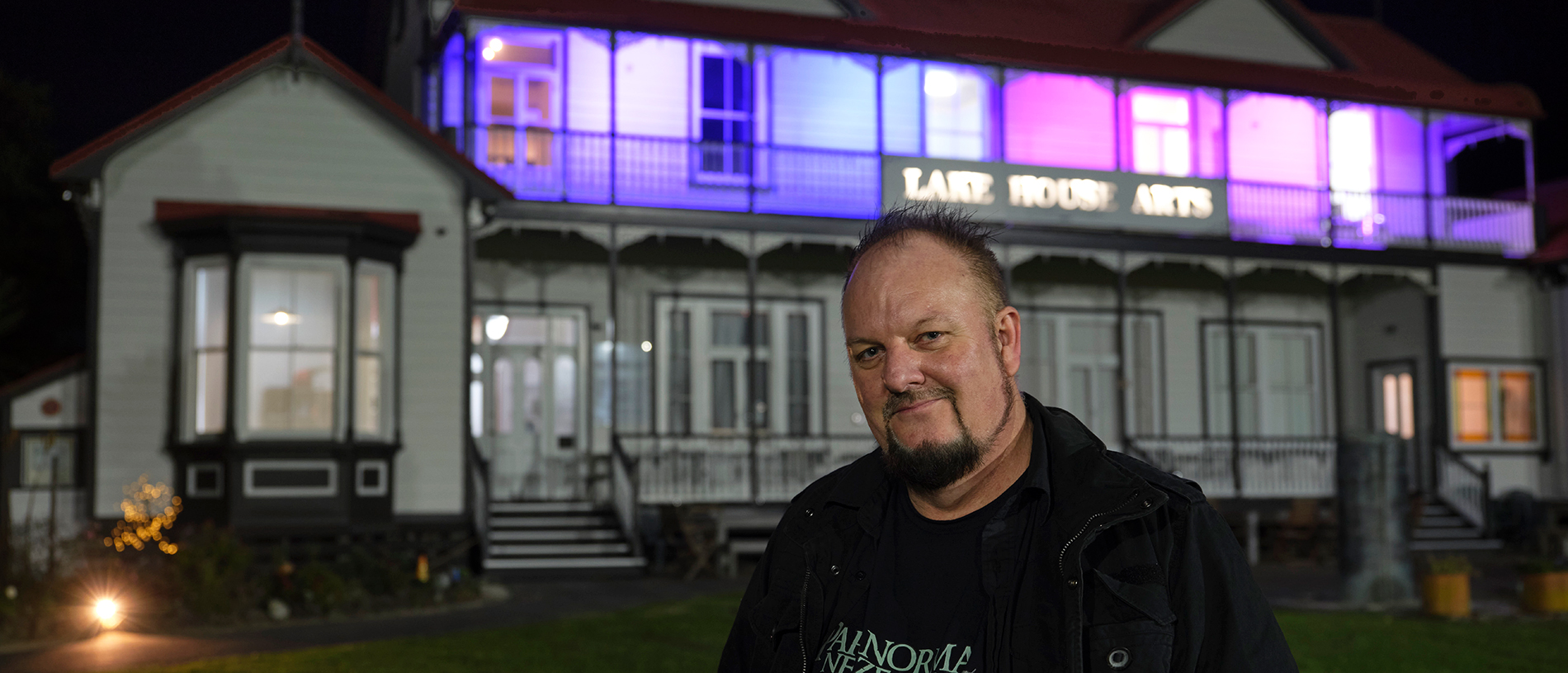
Auckland’s ghosts: on the scene with the Paranormal New Zealand team
Mark Wallbank has devoted a lifetime to feeling spooked.
If you have ever seen any of the Fast & Furious movies, or have a teenage car enthusiast in your household, you have probably heard the acronym ‘JDM’. It usually comes up in conversations about Japanese-made sports cars.
Having an 18-year-old offspring with a penchant for JDM vehicles means these conversations in our household are a common occurrence. Well, 'common' may be a slight understatement – 'every waking hour' is closer to the truth.
Not that I mind. The discourse allows me to reminisce about my own teenage days of thunder, cruising the Queen Street golden mile in my 1976 Mitsubishi Colt Galant GTO.
JDM stands for Japanese Domestic Market cars. These were cars manufactured and intended to be sold exclusively to Japan-based customers only. Luckily for us, thousands found their way to our part of the world as used imports.
Some JDMs have evolved into cult classics, like the original Honda Civic Type R or the Nissan GTR. Movies have played their part in the rising popularity, as has the competitive drifting scene, a motorsport dominated almost exclusively by Japanese rear-wheel drive cars.
Why rear-wheel-drive? Drifting is a motorsport where the driver ‘oversteers’ at high speed, intentionally spinning the rear wheels to keep the vehicle in a constant sideways skid pattern. The idea is to drive an optimal line, as close to an opponent as possible, without crashing into them.

New Zealanders love them. Walk around a car meet like the annual Rotationals Show-n-Shine and you’ll marvel at the subculture. You won’t see glistening European vehicles worth more than an average Auckland home, instead you’ll be surrounded by passionate owners displaying Japanese sedans and coupes from the 1970s to today.
One of the attractions of the JDM scene is the low cost of entry. There are plenty of rear-wheel drive options under $10,000, like Toyota Altezzas, Nissan 350z or rotary-powered Mazdas. Parts are relatively affordable and the vehicles provide a great way to learn basic mechanical skills.
Another drawcard is the multi-generational allure. JDMs elicit nostalgic sentimentalism from the oldies, who remember the golden era of Japanese imports, and fresh wonderment from teenagers looking for their first set of wheels. The mutually engaging subject matter bridges the generation gap and is a nice reprieve from teenagers’ doom scrolling on the small screen.
But had it not been for some fortuitous sliding doors, New Zealand could have easily missed the JDM boat completely. Serendipitous economic conditions mixed with the ingenuity of some plucky car dealers pioneered the way for vehicle importation as we know it today.
In wake of the Great Depression, which ended in the mid-1930s, the New Zealand Government encouraged domestic industry in an effort to stimulate employment. As a result, vehicle assembly plants popped up in the 1950s. New cars were basically imported as ‘parts kits’ and pieced together like Lego toys.
But rising costs led to tariff reductions in the ‘80s, making the importation of ‘built-up’ cars cheaper, putting an end to the local assembly plants. General Motors was forced to close its Petone operation in 1984 after assembling nearly 600,000 vehicles. By 1998, Ford, Mazda, Toyota, Nissan and Honda had followed suit.
With an abundance of quality right-hand drive used cars and a favorable exchange rate, Japan welcomed Kiwi buyers with open arms.
Initially, both private buyers and dealers tendered for import licenses and paid a minimum duty of $1,500 to import a car. By the late ‘80s, dealer lobby groups managed to get these impediments removed and the veritable gold rush began.
The early years were a car-buying frenzy. Airline staff were side hustling as importers, using stopovers to broker deals for friends and family. Colleague’s passports became a commodity, allowing for the purchase of one car per passport. Most cars were pre-sold, doubling importers’ money before the vehicle even arrived in New Zealand three months later.
Dealers would spend months in Japan, trudging through snow at mega auctions buying up to 60 cars per day. Some started ‘baggage tours’ – organised trips for up to 160 people every two weeks. Tours would inevitably end up at a predetermined car yard, where Kiwi punters would purchase a car each then enjoy the Tokyo nightlife before boarding a plane home.

Within a few years New Zealand had well and truly established a new sourcing pathway. In 1992, the Imported Motor Vehicle Dealers Association (IMVDA) was set up to create regulatory frameworks, specifically around vehicle safety and consumer protection. Today, approximately 100,000 used imported vehicles arrive annually.
The JDM story can be summed up as the emergence of a collective passion derived from a happy coincidence. Forced to adapt, the industry found a novel solution that filled a void in our appetite for four wheels. Out of this new system, a fascinating car culture was born, the JDM phenomenon, that Kiwis will continue to enjoy for generations to come.
Story by Avon Bailey for the Winter 2024 issue of AA Directions Magazine. Avon Bailey is a motoring writer for the AA who contributes to AA Directions Magazine.